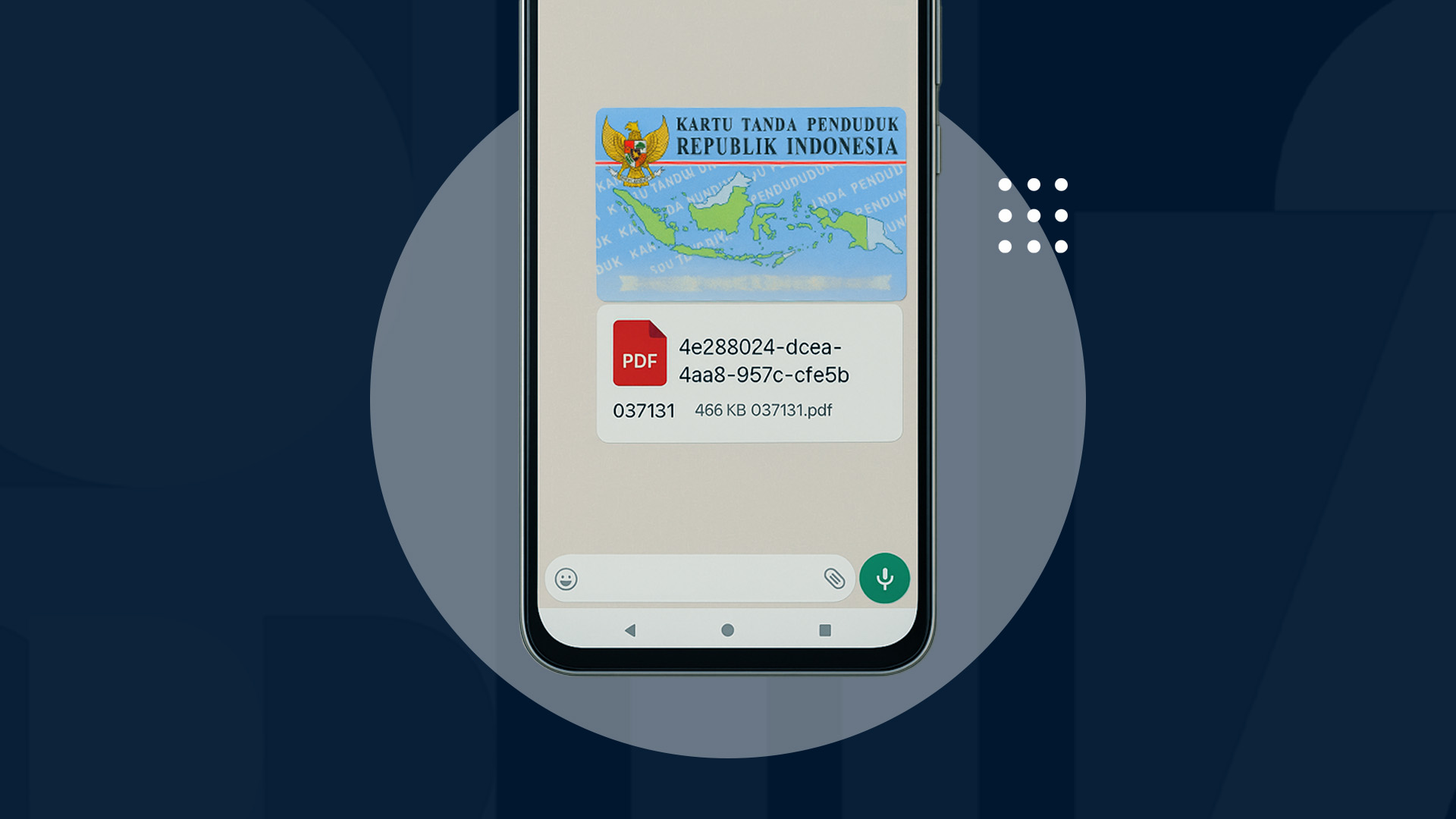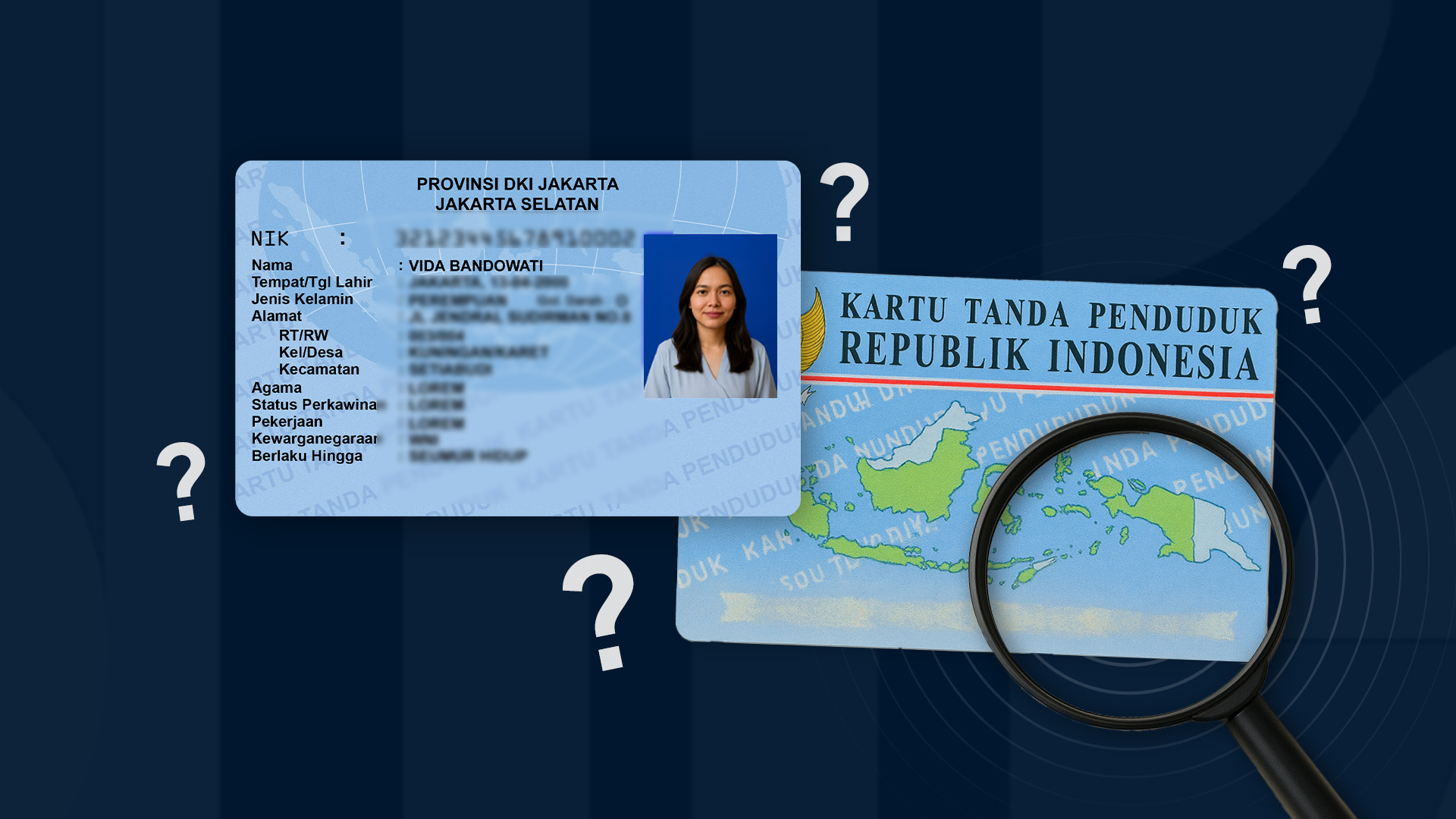Since school, we’ve all been familiar with initials and signatures. We’re often asked to put initials or signatures on various documents such as contracts, agreements, or registration forms.
Although they look similar, there are actually clear differences between initials and signatures. Both have different functions and legal standing. So, what makes them different? Let’s find out!
Definition of a Signature
In general, a signature is a unique symbol created by a person as a form of approval or authentication of a document’s content. Usually, a signature includes the full name or initials written in the individual’s distinct style. In legal terms, a signature carries binding power and is used to declare that a person agrees with the content of the signed document.
Definition of Initials
Initials are a shortened form of a signature, usually just initials or a simple mark used to show that someone has read or approved a certain section of a document. Initials are often placed on specific parts of a document to indicate changes or partial approval. They serve as a practical alternative to signing the entire document again.
Differences Between Initials and Signatures
While both are used to show approval, the difference between initials and signatures lies in several important aspects such as form, function, placement in documents, and legal weight. Here are the key differences:
1. Form and Complexity
One of the easiest ways to tell them apart is by their appearance. A signature is generally more complex and contains unique elements that are difficult to forge. The purpose is clear: to prevent fraud and protect the integrity of the document.
Initials, on the other hand, are much simpler, usually just letters or a shortened name, making them faster to write. But due to their simplicity, initials are easier to imitate and more prone to misinterpretation.
2. Function and Legality
In terms of function, signatures hold higher legal value because they are required to approve the entire document. By signing, a person formally declares agreement with all its content.
Initials, meanwhile, function as approval or review marks on specific parts of a document. For instance, in documents with multiple pages or minor revisions, initials act as an additional control to confirm those sections have been reviewed and approved. In businesses, initials are also often used to indicate that a document has gone through a review stage before being officially signed.
3. Placement in a Document
Signatures are always placed at the end of the document, in the designated column or box as a form of final authorization.
Initials, however, are usually placed in the margins or bottom corners of the document. Their role is additional validation, especially on pages other than the last. In lengthy documents such as employment contracts or proposals, initials are added to each page to ensure all pages have been read before the final signature is given.
4. Digital Versions
Technological progress has also influenced the difference between initials and signatures. Today, not only wet signatures on paper are considered legal, but also digital signatures.
Digital signatures use electronic certificates to ensure authenticity and security, and they are legally recognized under Indonesian laws such as the ITE Law and Ministry of Communication and Informatics Regulation No. 11/2022.
Initials can also be made digitally, though their use is still rare due to their more informal nature. Even so, in some digital document management systems, you can still add electronic initials for document checks.
5. Nature and Context of Use
From their nature, signatures are formal and legally binding, often required for agreements with strong legal consequences. They are exclusive and cannot be used carelessly.
Initials, however, are more flexible and less formal. They’re mostly used for internal verification, simple approvals, or documents that don’t require high legal authority.
Types of Signatures
Now that you know the difference between initials and signatures, it’s also important to understand the types of signatures:
1. Wet Signature
A wet signature is the traditional type, manually written with a pen on paper documents.
In terms of legality, wet signatures are valid and legally binding—especially when it can be proven that the individual personally signed them. However, wet signatures come with several weaknesses, especially in disputes:
Weaknesses of wet signatures:
-
Easy to forge since there is no integrated authentication system.
-
Difficult to track signing process and timestamp.
-
Inefficient for remote work or digital transactions.
-
Requires physical documents, which adds printing, shipping, and storage costs.
Even so, wet signatures are still widely used in processes that are not digitally integrated.
2. Digital Signature
A digital signature is a modern form of document authorization that uses cryptographic technology, particularly Public Key Infrastructure (PKI), to guarantee authenticity, integrity, and non-repudiation of a signed document.
A digital signature is not just a photo or scanned version of a wet signature. It comes with an electronic certificate issued by a Certified Electronic Signature Provider (PSrE) recognized by the government, such as VIDA in Indonesia.
With an electronic certificate, digital signatures carry the same legal authority as wet signatures.
The legality of digital signatures in Indonesia is regulated under Law No. 11 of 2008 on Electronic Information and Transactions (UU ITE) and its amendments, reinforced by Government Regulation No. 71 of 2019 and Kominfo Regulation No. 11 of 2022.
Advantages of digital signatures:
-
User identity validation through strict biometric or population data verification.
-
Complete, traceable digital audit trail.
-
Saves time and costs since documents can be signed anywhere.
-
Suitable for large-scale digital transactions and remote work.
-
Increases efficiency and security while reducing fraud risks.
Digital Signatures with VIDA
Digital signatures officially issued by a Certified Electronic Signature Provider (PSrE). One such provider is VIDA.
We ensures that every digital signature created has full legal validity and is accompanied by a digital certificate verifying the signer’s identity.
VIDA is available as both an app and a website (sign.vida.id). You can access it on both your phone and laptop, making document signing more flexible.
Understanding the difference between initials and signatures is crucial in legal and administrative contexts. By knowing their functions and legal standing, we can ensure that documents we sign carry the necessary legal authority. Moreover, using digital signatures such as those provided by VIDA enhances efficiency and security in the document signing process.

.png)


